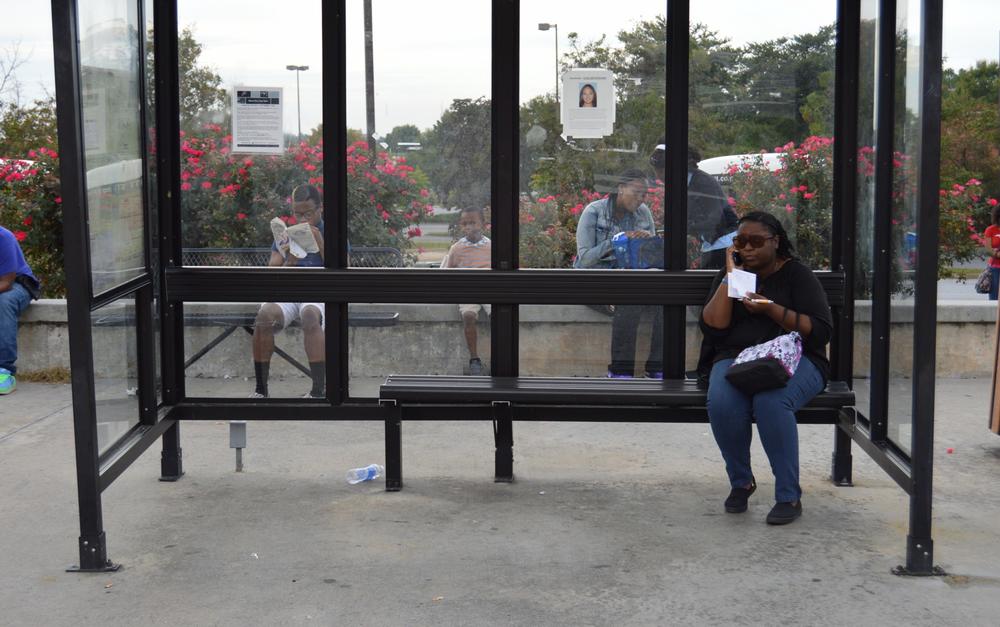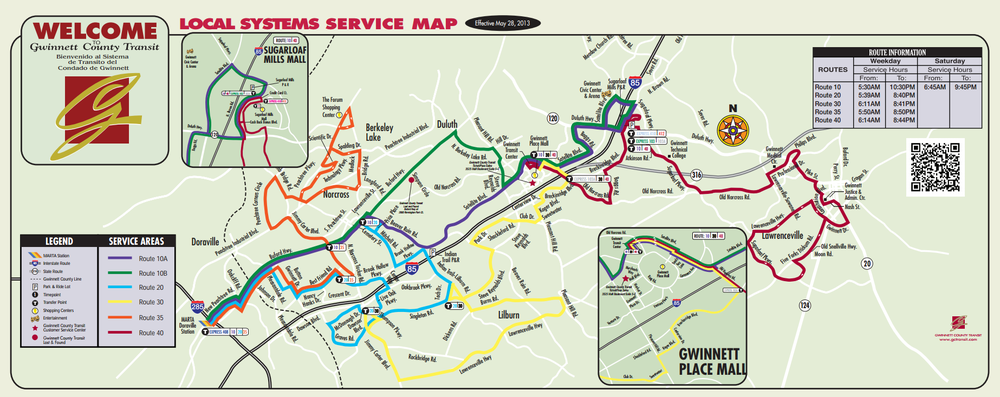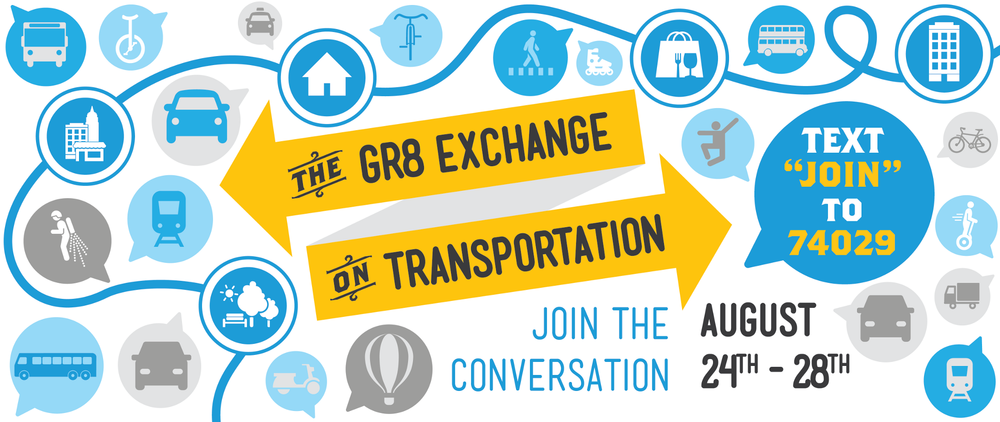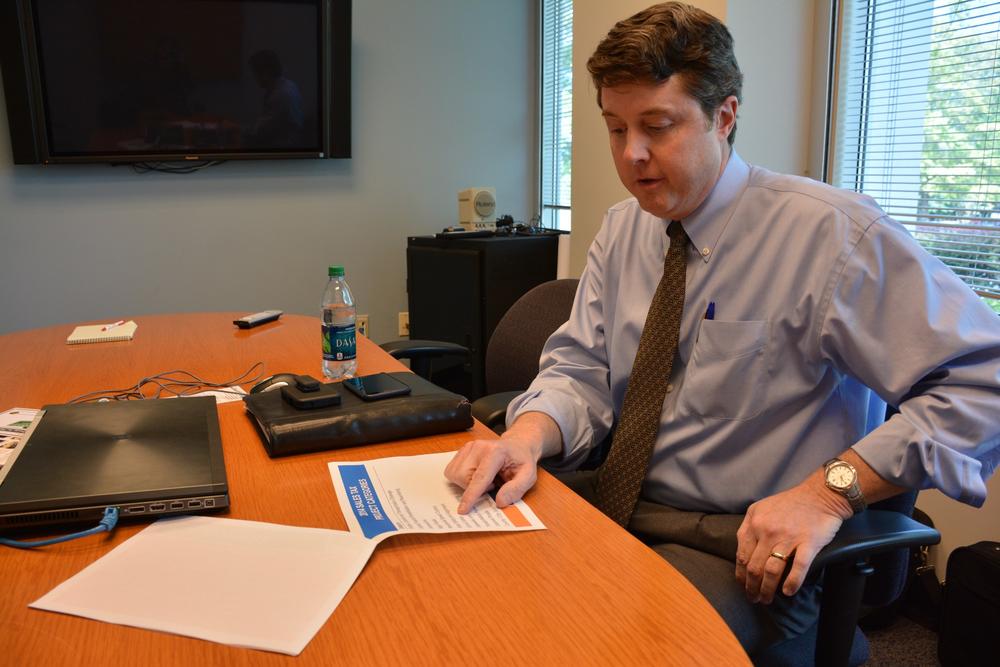Section Branding
Header Content
Where Transit’s Going In Gwinnett County
Primary Content
It was Monday morning rush hour at the Gwinnett Transit Center, and Yvette MacPherson had missed her bus.
“What happened was we got to Doraville Train station, and the 10 we take was late getting us to the Gwinnett Transit County Center, and the 30 left before the 10 got here,” MacPherson said.
She was one of the smattering of people gathered at the modest transit center, which is just a few bus shelters in a parking lot next to Gwinnett Place Mall.
MacPherson said Gwinnett County Transit (GCT) was part of her commute every weekday. She would prefer to drive, but she shares a car, and the person she shares it with doesn’t have other transit options. So, she's stuck with the bus.
“This only makes going to work even worse,” MacPherson said. “Now I’m an hour behind, so now I’m going to spend my day playing catch up.”
MacPherson said GCT is the worst transit system she’s ever had to deal with. She also rides MARTA, but says it’s not this bad.
Gwinnett had chances to join MARTA in 1971 and 1990, but, both times, voters there said no. In 2000, Gwinnett created its own transit system, but the county did it independently of MARTA.
Today, GCT offers connections to the MARTA system, express bus service into Atlanta, and six local bus routes, but it’s still not popular with riders.
Chuck Warbington, Executive Director of the Gwinnett Village Community Improvement District (GVCID), said the results of a recent poll bear that out.
“The majority of the comments were that ‘It was inefficient. It didn’t go to where I wanted to go’,” Warbington said. “[We] actually got several comments that indicated they wished Gwinnett County’s bus system was more like MARTA’s bus system.”
Those comments came from The Gr8 Exchange, a virtual, county-wide town hall meeting and text message survey recently put on by the GVCID.
Warbington said the initial results from The Gr8 Exchange show opinions on transit are changing in Gwinnett. Essentially, people want more of it, whether that means expanded coverage from GCT or from MARTA.
A recent poll from the Gwinnett Chamber of Commerce showed MARTA is more welcome in the county than it once was: 63 percent of respondents said they’d welcome the system into Gwinnett. Still, only 50 percent said they’d want to pay for it.
“[The Gr8 Exchange] initiative beared that out as well. It’s not scientific by any means like the poll, but we saw a huge response there,” Warbington said.
“I think we have elected officials that are grappling with, 'How do we fund this? How do we make sure that this is palatable to ultimately the voters?'”
One person working with those elected officials is Alan Chapman, Director of Gwinnett County’s Department of Transportation.
“It’s really a balancing act between providing the service that citizens need and working with our budgets and really looking out for our taxpayers as well,” Chapman said.
Chapman is leading the team developing a long-term transportation plan for the county, which he says will look at improving GCT, within limits.
“We would work to constrain the plan so that’s it’s something that could be realistically be implemented with expected funding,” Chapman said.
If the past is any precedent, it might not make sense to plan for much. Expanding the system would mean asking Gwinnett voters to approve a special local option sales tax, and the county Board of Commissioners, who puts together the sales tax proposals, has never asked for any transit funding.
For Chapman, that might not matter so much. He doesn’t depend on the bus. “I’m so close to work that I really would not need that service,” Chapman said.
However, a lot of people do. Riders took 1.7 million trips on the system last year.
Back at the Gwinnett Transit Center, Yvette MacPherson worried about how missing her connection will impact the rest of her day.
“I have a family to get home to. Now, I can’t leave at 5:00 p.m. I have to leave at 6:00 p.m., which means I won’t get home until 8:30 p.m. — almost 9 o’clock— because I then have to try to deal with this going the opposite direction,” MacPherson said.
After about an hour of waiting, her bus finally arrived. As for improvements to the system she rides everyday? It looks like she’ll be waiting for those a little while longer.





